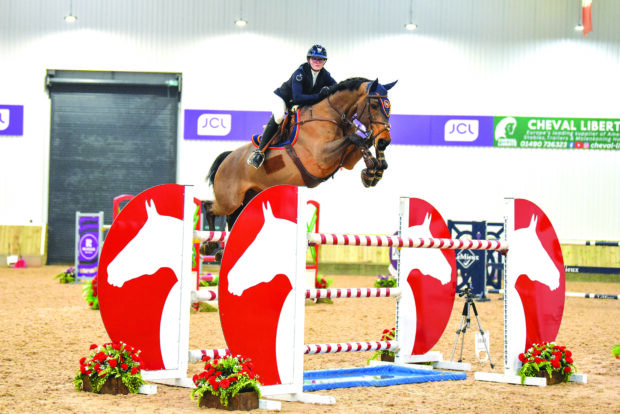The need to understand how happy horses are in competition is key to improving welfare and keeping the sport’s social licence to operate.
New research, How happy are equine athletes? Stakeholder perceptions of equine welfare issues associated with equestrian sports, has been published following a workshop held in March during which representatives from the animal welfare sector and different equestrian disciplines discussed welfare in sport.
The work, funded by the Animal Welfare Research Network and promoted by the National Equine Welfare Council (NEWC), aimed to understand perceptions of current issues, attitudes towards welfare assessment and whether there is scope for change in these areas.
During the workshop, participants watched presentations from industry experts about different aspects of sport horse welfare including the importance of social licence in the future of horse sport, the ethics of sport, and welfare measurement tools. Discipline-specific focus groups, made up of individuals including riders, judges and stewards, then shared their views on topics including whips and spurs, field turnout, young horse classes and the physical and mental demands on competition horses.
It was discussed that there can be “conflict” between the demands of competition, stakeholders involved in a competition horse’s team such as the owner, rider and vet, and the innate needs of a horse, such as social contact, turnout, and emotional health. It was also recognised there is a need to be able to measure welfare better and that current welfare assessment tools were not suitable.
Lead researcher and NEWC director Carol Hall told H&H with the FEI promoting the importance of producing “happy equine athletes”, there is a need to look at whether this was being done, what can be done better, and how to recognise what a happy competition horse is.
“We hoped the workshop would start discussions between those involved in the sport and welfare researchers to develop a means of monitoring the ongoing quality of life of horses across the board,” she said.
“We had discipline-specific focus groups because we wanted people to really investigate within their own sports what the main issues and challenges are. Within the groups people were very aware that from an outside perspective some things might not look acceptable in competition but the point was made as well that what people see is often just a snapshot of that horse’s life.
“There are various welfare assessments but they are not appropriate for everyday use in sport, so the long-term aim is to develop a way to evaluate whether competition horses are living the best quality of life possible.”
Tamzin Furtado of the University of Liverpool was involved in the research and told H&H there is a changing situation where more people are questioning whether animals should participate in sport.
“More and more we’re seeing this view, for example on social media, where people are questioning whether horses competing in sport is ethical, so we need to be getting to the highest levels of welfare not only for our horses, but for the future of our equestrian sport so we can maintain our social licence,” she said.
“During the workshop there was a lot of discussion about whether we can aim for happiness as a goal for horses, because we don’t know horses would really ‘choose’ to participate in sport. We need to look at how we can make sure they’re having the best experience possible and how this can be measured.”
Event rider and international coach Sam York, who took part in the workshop, told H&H she believes the social licence to involve horses in sport is at risk, and that it’s important for the non-horsey general public to see the care and attention to detail that goes into competition horses.
“We need to find ways of demonstrating to the public that we love these horses and they get the best of everything; they get the physio, new shoes every four weeks, the best food. We do all these things in our eyes that are really maximising their welfare, but we need to recognise that what the public sees is us conditioning horses to do a sport they didn’t ask to do, and we need to look at how we get around those barriers,” she said.
“We need to lead by example, and I’d like to see something similar to Michelin stars in restaurants where we recognise riders, coaches, trainers, venues, who are doing a very good job and getting the results but putting horse welfare at the very top of their priority list.”
You might also be interested in:

Horse sport must demonstrate sound ethics to survive

Whose opinion matters, on equine health and welfare?

Priorities, clear communication and consensus key to better equine welfare

5 reasons why a subscription to HorseandHound.co.uk makes the perfect last-minute gift
Horse & Hound magazine, out every Thursday, is packed with all the latest news and reports, as well as interviews, specials, nostalgia, vet and training advice. Find how you can enjoy the magazine delivered to your door every week, plus options to upgrade your subscription to access our online service that brings you breaking news and reports as well as other benefits.





